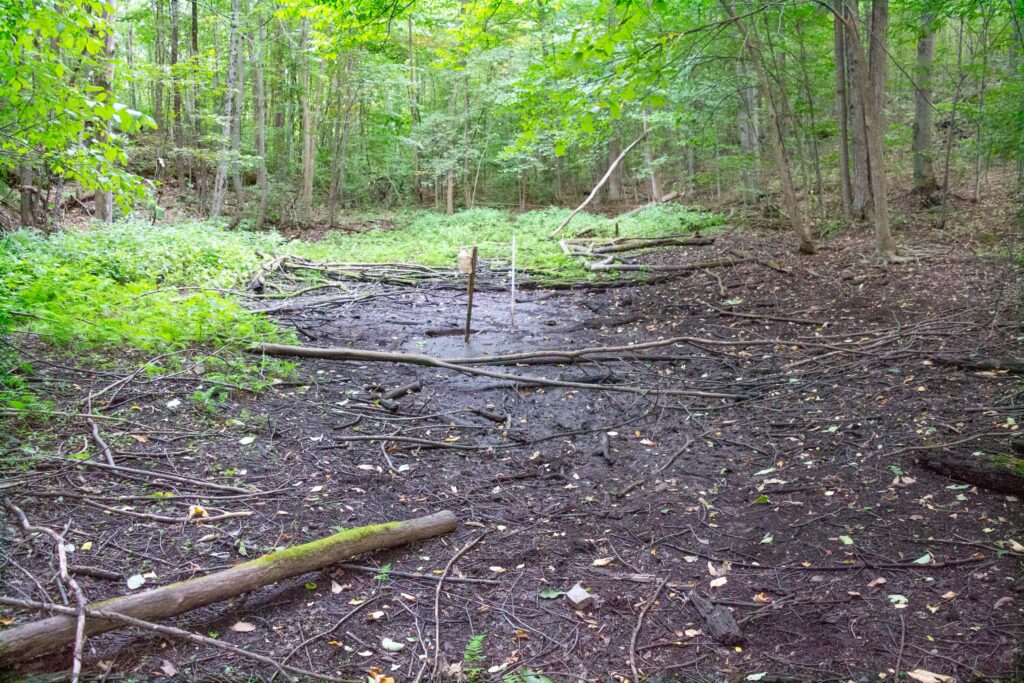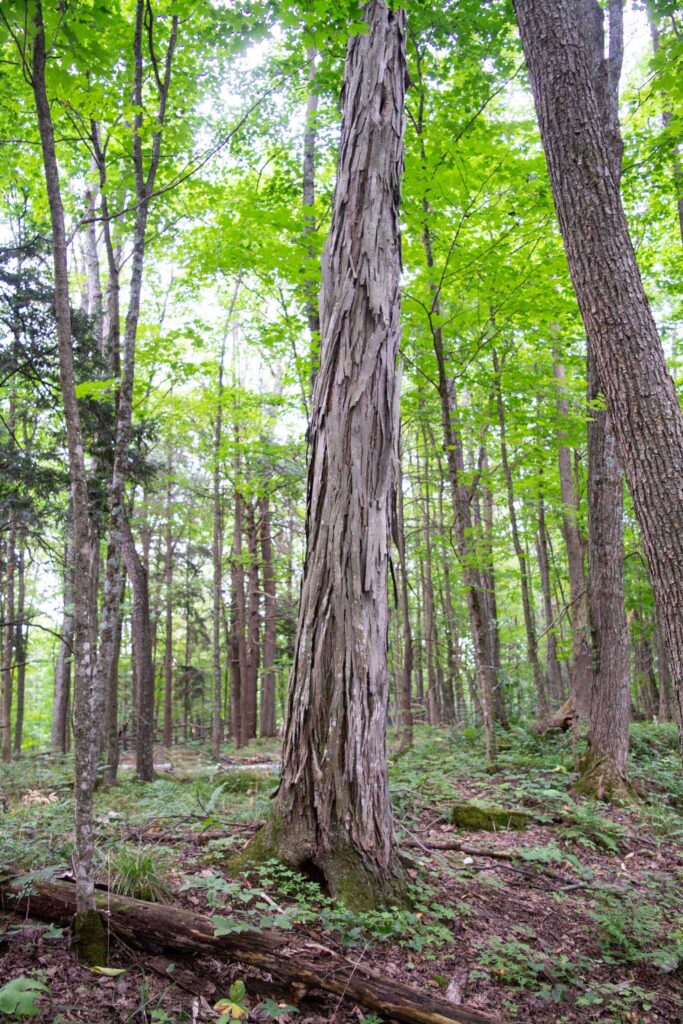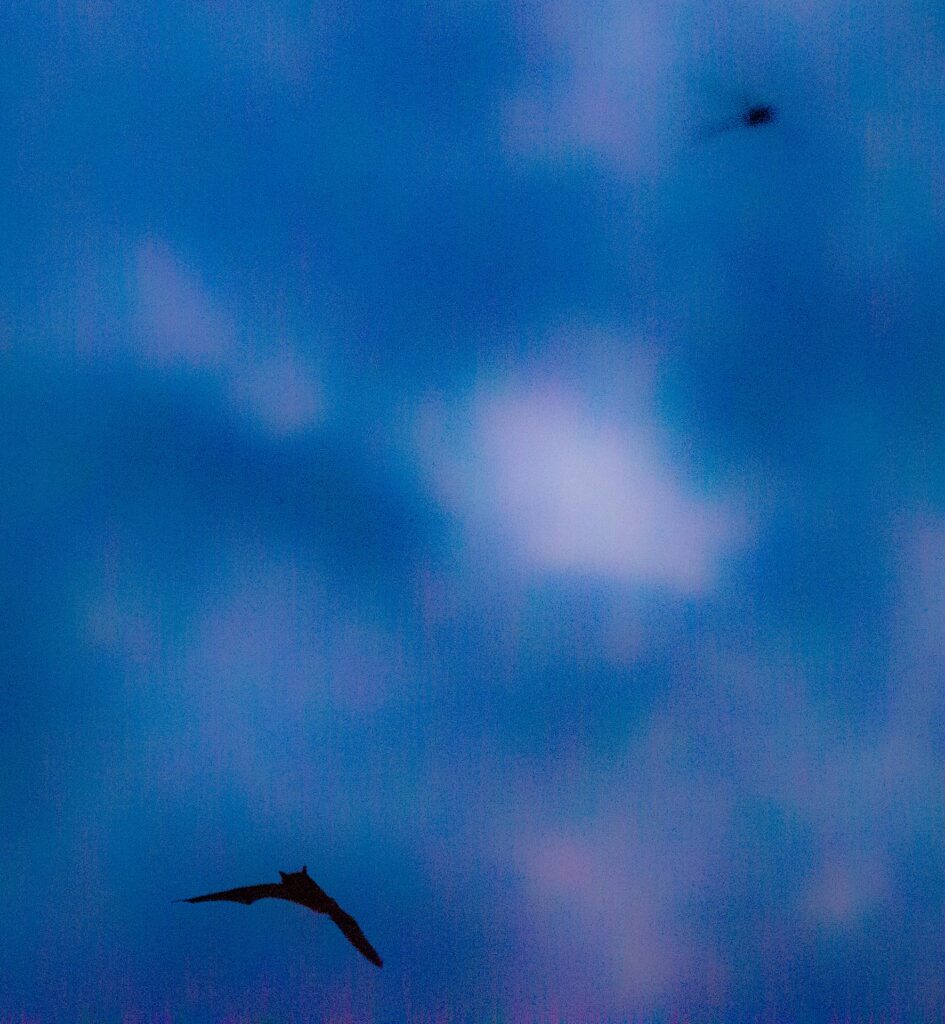After it warmed up a bit yesterday, I tried out my new digital field protocol on a wildlife tracking transect behind my house. My goal was to record the identity, quantity, and location of large animal tracks in the snow which crossed the path I was walking (my “transect”). I am trying to develop a protocol for purely digital collection of these data.
Three types of data must be collected: date, location, and observation. The date (and time) is easy because most digital data has a time stamp. Collecting location data requires a GPS enabled device. To collect the wildlife observation information in digital form requires manual data entry (keypad or touchscreen) or audio or video collection. I have seen some smart phone apps which could be bent to this purpose, but I don’t have such a phone, so the easiest route for me is audio, although this will require later translation to textual data.
[Update: I abandoned this three-device protocol after a few trials and now use only the GPS to make waypoints for each observation. The new method is described here.]
Linking the GPS data with the audio observations is the hard part. There are mature protocols for attaching GPS coordinates to image files, but not to audio files, although it should be easy to implement this on a smart phone. I used a digital photo as a link between the GPS data and the audio file. A key component of my protocol is a program which attaches GPS coordinates to photo files and can also associate an audio file with each photo. The program can also create a KMZ file or GIS shapefile which includes the georeferenced audio files. The program is RoboGeo which costs $80. This is the program that I use to georeference photos that I have taken while the GPS is recording a tracklog. Continue reading “A clipboard-free zone”







